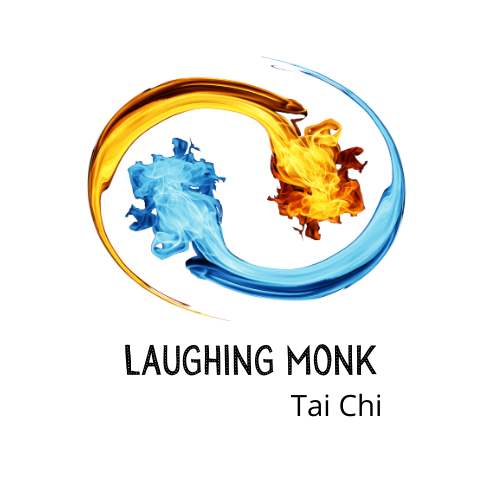Teaching Taiji and Qigong, “SITTING DOWN”, is that even possible?
Quite recently, I received an unsolicited enquiry to teach Taiji and Qigong in a Care Home setting. During the initial conversations, it became apparent that I was talking to an intermediary that required a contractual relationship before revealing any details. I was being asked to make a preliminary commitment with little or no detail.
And so, yet again I’ve embarked on another journey in my practice of Taiji and Qigong.
It is often said that when learning Taiji and Qigong, your teacher can show you and lead you to the door of learning. But it is for you, the student, to take ‘that step’ and walk through. And so, I’ve long accepted responsibility for my own learning and development. It is with this in mind that I have chosen teaching as a medium, so that I can pass on my enthusiasm to others, and evolve my own learning experience.
The chance of teaching in a Care Home immediately flagged to me a number of challenges. Would it be seated or standing? How many and what age range? What physical and medical challenges would need accommodating?
Fortunately, I have had some experience of working with people in the older generation and knew I would not be going in blind. I’d spent time during my undergraduate years working on a geriatric ward at a local hospital. To be fair, it taught me more about what I didn’t know and therefore to exercise caution with what little knowledge I had
I am now onto my fourth class and really enjoying the challenge. It helps that I have been fortunate to get some great feedback. Overall, the staff are pleased with Taiji and Qigong as an activity and have been happy to keep rebooking. That said, we have agreed that Taiji and Qigong as traditionally practised can be a challenge for older people with significant health challenges. As a result, the focus has been on reducing that challenge by shortening the class, slowing the pace even more, fewer repetitions and less time on the more open and extended postures.
But what does this mean? How as a teacher do I approach classes with seated students, some who have visible conditions (in a wheelchair), some who have serious and obvious mobility issues (loss of movement in one or other side of the body), or hidden conditions (such as a heart disease) that can have an impact after the class has ended.
Obviously, to some extent, I have to educate myself to be alert and quickly put myself into the shoes of the student. So, in practising a right sided movement, I cannot suddenly say across the room, ‘now let’s try the other hand’ when clearly for some that is not possible.
But less obviously (and for some less easy) is engaging with the staff, to build an understanding not just of the students and their needs, but gradually listen to broader comments about the activities in the Care Home. Good intelligence opens the mind to opportunities to teach. It’s not about breaching any sense of confidentiality, but has everything to do with accepting that they know their residents better than you do. So, prompting with questions whether general or specific to a student, asking for feedback, asking whether a particular exercise is appropriate and any other thought or question that comes to mind that can help. Remember, experienced staff may take their knowledge for granted when working with trained colleagues all day, or may not think to impart information where they assume that you already know. This means addressing concerns that you can see for yourself, but also keeping an open ear for unsolicited observations. It also demands that you invite observation of the exercises you have planned by the staff where they can suggest refinements, such has fewer overhead arm repetitions, or taking less time with the arms above the head.
And then you may think that with the removal of so much that we consider to be Taiji and Qigong, how can we hold to, and teach the essence of what it is to practice Taiji and Qigong?
Here’s the thing: the minute you start to teach ‘seated’ Taiji and Qigong you have no option but to adapt. The beauty however, is that when you compare it to other examples of seated exercise, it quickly becomes apparent that Taiji and Qigong and Qigong have so much more to offer. For a start, there are a plethora of steps and routines that can be readily distilled down for someone in a sitting position. Breathing, and synchronising breath with movement, slows and concentrates the practice. Teaching can still focus on the accuracy of a step, and emphasise the body’s postures whether extending the arms, sinking the body or lifting the head. And in addition to this, the mind is still being brought into play enabling a focused intent. It’s so much more than a simple, weekly routine.
I am still in the early stages of this part of the journey. But it has challenged me and is teaching me to be both a better practitioner and teacher.
The question is, am I alone or are there others out there with a story to tell, experiences to relate or even a good practice routine to share?
If you want to learn Tai Chi in Pinner and Northwood check out the ‘Classes’ page.
